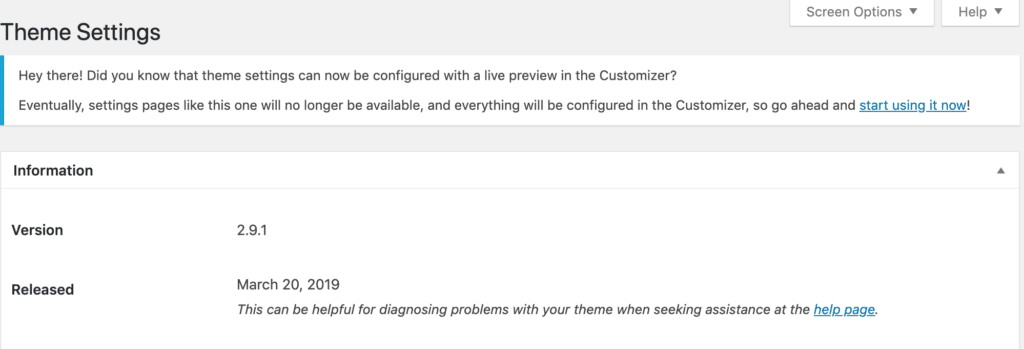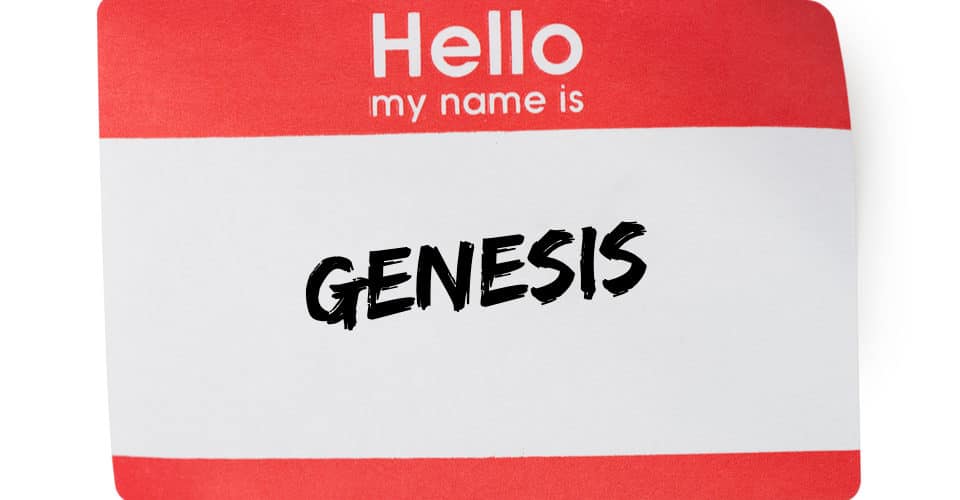Those of you who have used or built tools for Genesis over the past 9 years know that the Genesis “theme settings” and “SEO settings” pages have been home to all the little toggles and switches that make Genesis so easy to configure for users.
But the settings page has always had one major problem … the changes you made on these pages couldn’t be seen immediately. You’d have to save the settings, then navigate to your site to see what changed.
In Genesis 2.1 we started adding some of these settings to the WordPress Customizer, and as of Genesis 2.9, we now have pretty much all of the necessary settings for configuring your theme right in the Customizer panel, including SEO Settings.
Although the “Theme Settings” and “SEO Settings” pages have served us well for the better part of a decade, we are now beginning the process of bidding them farewell in favor of the Customizer screen and, more and more, WordPress “Blocks” for the Gutenberg editor.

Beginning in Genesis 2.10 (due out in the beginning of May), the “Theme Settings” and “SEO Settings” pages will now redirect to their replacements … dedicated panels of settings in the Customizer.
We’re not removing the Admin API (a series of extendable classes that can be used to build settings pages), nor are we removing the Genesis admin menu item or its submenus. We’re simply changing the default behavior of some of those pages to redirect users to the customizer.
This means that if you’ve built a tool that uses hooks to add new settings to the “Theme Settings” page, you’ll need to update your tool to add those settings to the customizer as well. We’re trying to give you all plenty of notice so you have time to update your themes and plugins to be ready for Genesis 2.10. If you need assistance with this, please let me know (@nathanrice on Twitter) and I’ll point you in the right direction.
We think you’ll enjoy the instant feedback you get from using the customizer when configuring your theme, which is why we’re taking these steps to embrace the Customizer in Genesis.
